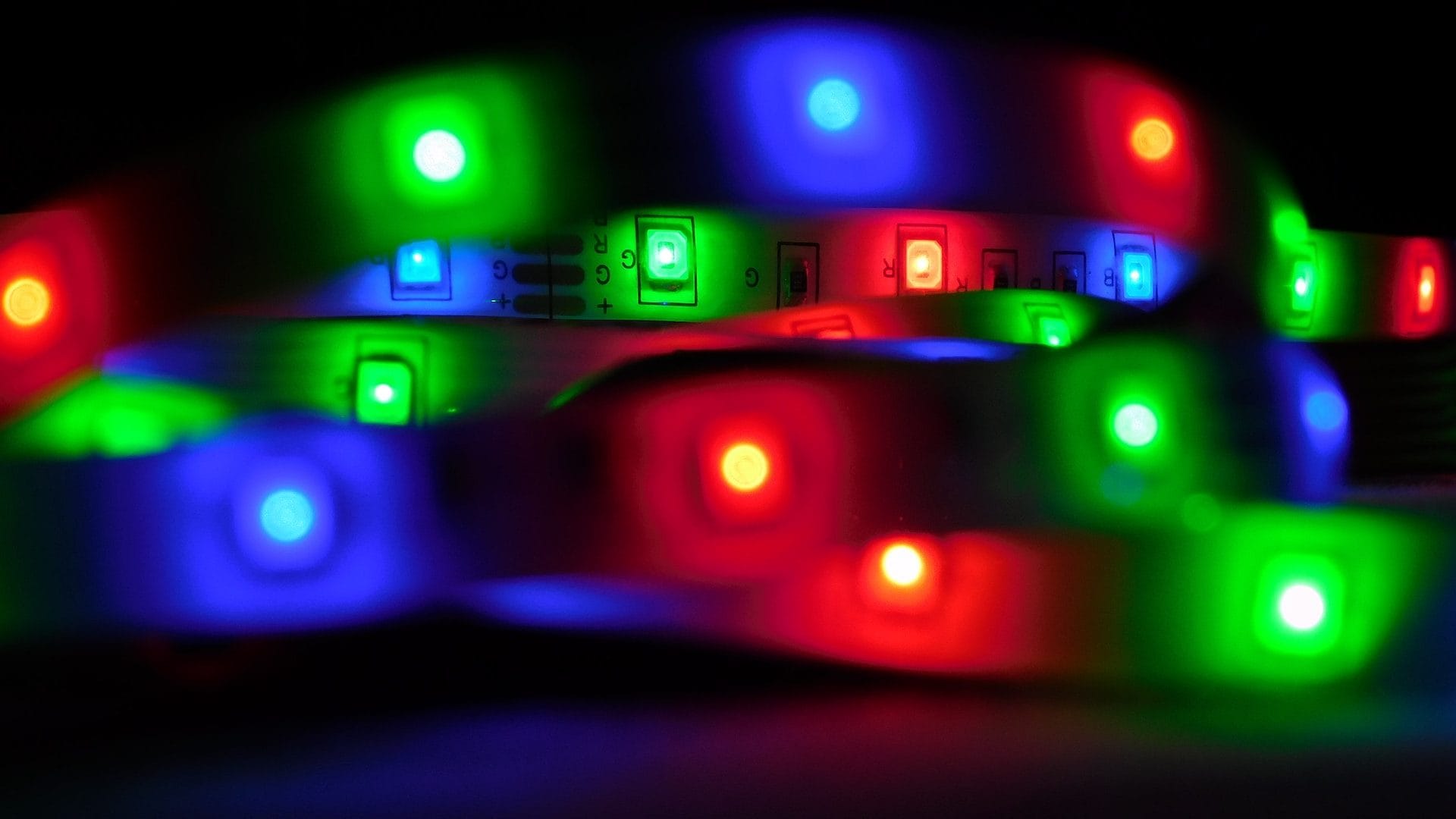
How LEDs Work, The Cheapest And Most Resistant Light Source On The Market
Credits: Zishan khan, via Unsplash.
Miniaturizablelight, resistant and powerful: from the screen of our phones to the street lighting, LEDs (Light Emitting Diode) have now ousted every other light source, providing intense lighting and vivid colors with low consumption.
The interest in this technology is such that even institutions, such as the European Union, have decided to encourage its diffusion, banning the sale of old incandescent light bulbs already in 2012 and following the same path for halogen lamps, partially banned in starting from 2018.
Where do these virtues of LEDs come from and why did their diffusion only begin in the 2000s?
The origins of LEDs
Electric lighting was born in the early 1800s but only took hold in 1879 with the entry into the market of incandescent light bulbs Of Thomas Edison. In the early 1900s new light sources, such as neon or LED lamps fluorescence they brought a more efficient alternative, a energy saving and long-lived compared to traditional light bulbs, but they have never managed to replace them due to defects such as light emission (measured in lumens) reduced and more “artificial” light to the human eye.
Also at the beginning of the twentieth century, the English engineer Henry Joseph Round discovered the electroluminescence of the solid state diodes i.e. the ability of some materials to emit light if subjected to one electric current. LEDs are particular diodes developed to exploit this phenomenon and were born in 1961 with the introduction of led a infrared still widespread today in remote controls or photocells.
Already the following year, Nick Holonyak Jr. invented the first one red led therefore capable of emitting visible light to the naked eye. Studies on these diodes and possible applications (for example in laser) focused on the materials used in order to obtain different colors or shades, working with multiple sources at a time.
Among the main protagonists of these studies, the American engineer M. George Craford (Holonyak's former student at the University of Illinois) in 1972 managed to create i first yellow LEDs commercially distributed by the company he worked for, the Monsanto. Craford dedicated his entire career to the world of LEDs: it is also thanks to his studies that we owe the first great diffusion of these light sources, used for example in traffic lights and road light signals. LEDs have been used for decades in road signs, and are also becoming widespread on our cars.
The last decisive turning point came in 1994 by the Japanese engineer Shuji Nakamura and his studies on high intensity blue LED: improving the light source and using it to trigger the phosphorescence of substances deposited on the diode, LED bulbs suitable for lighting buildings have finally been created, often reducing the energy needed by 7 or 10 times.
How the LED works
Refer to the article...
The energy saving of LEDs
The characteristic low consumption is the characteristic that most of all has interested the institutions, interested in energy saving for environmental reasons but also infrastructural: this is the reason that led the EU to ban incandescent light bulbs.
Despite a higher but constantly decreasing price, an LED lamp consumes up to 60% less than a fluorescent lamp and up to 95% less than incandescent lamps: certainly an important saving for us consumers, but even more significant for the Municipalities, for which street lighting can be responsible for up to 25% of energy consumption.
In a world of energy crises and waste, LEDs now represent a precious ally for reducing greenhouse gas emissions and electricity consumption, helping us get closer to the Kyoto objectives and strengthening our efforts against climate change.